Southwell 2 branch
Click on the image to open a pdf of the early tree for this branch.
Press the back button on your web browser
to return to this page.
So far, we have 26 people on this tree.
We have used the following abbreviations on the tree:
b : birth
c : christening or baptism
m : marriage
d : death
bu : burial.
The early family
Nottingham, has just completed a very
handsome covered cart, for the Bombay Gas
Company (Limited). ... It is highly
complementary to our Nottingham artisans
that one of their number has been selected
for the completion of this work by a
company as remote as that of the
Bombay Gas Company."
Nottinghamshire Guardian 20 January 1865
George was a wheelwright and his son, Henry, was a master wheelwright, employing thirteen men and two boys at his workshop in Nottingham in 1871.
Although we have a place of birth for George from the 1851 census, we have not been able to find his christening. We have evidence to suggest that his father was a George Fairholm, but we do not know who his mother was. We suspect that he was the brother of William Fairholm who heads the Southwell 1 branch. They were both wheelwrights and it seems unlikely that two wheelwrights called Fairholm would both set up business in such a small village without being related.
Other relatives lived at Sneinton.
We have no present day descendants for this branch at the moment.
Wheelwrights
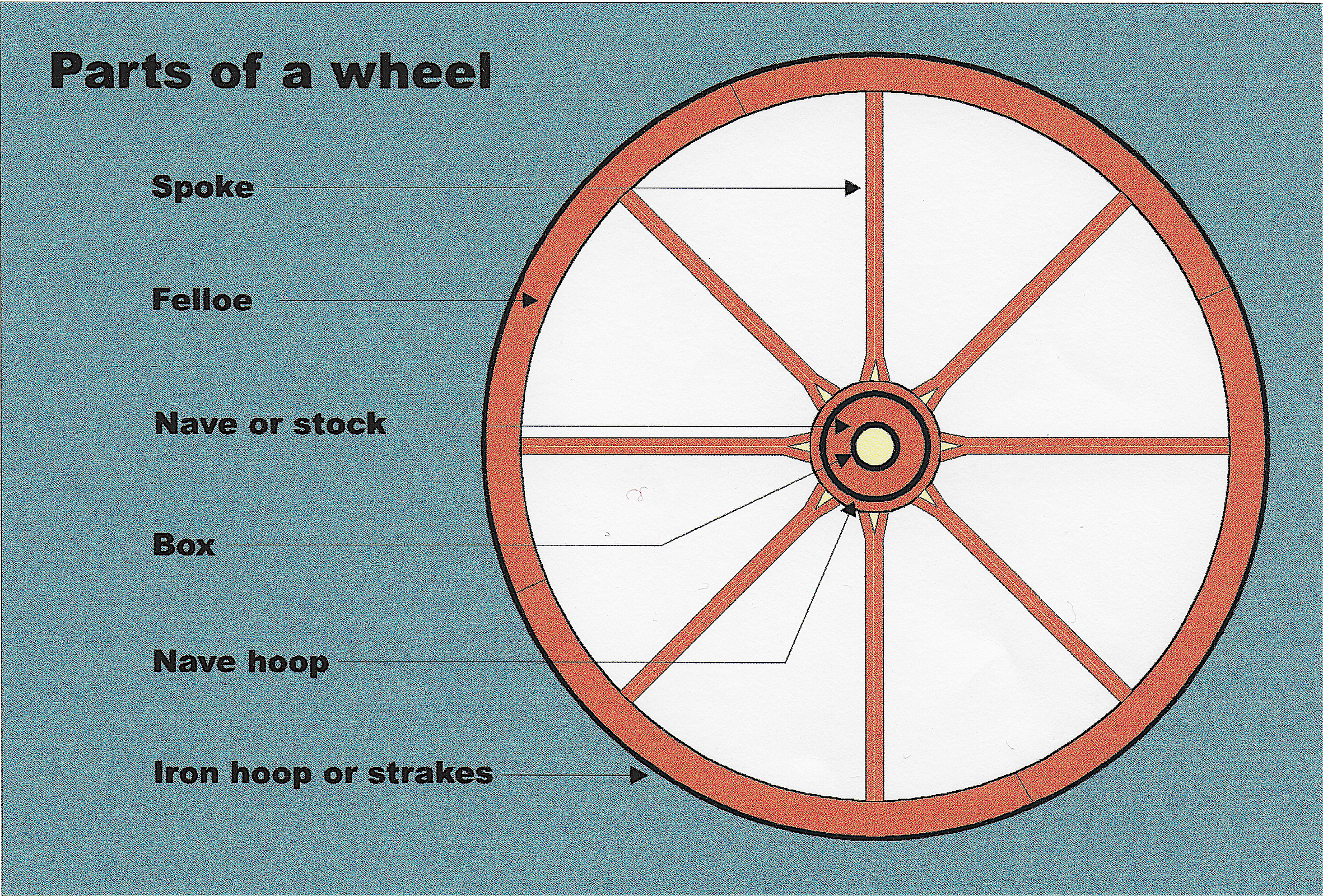
Pigot and Co. 1828 - 1829 (and same for 1830)
Southwell - William Farnholme - wheelwright - Westhorpe
Nottingham - George Fairholm - wheelwright - Carter gate
White’s Directory Nottinghamshire 1832
Nottingham - Geo. Fairholme - wheelwright - Water Street
Southwell - W Fairholme - wheelwright - Southgate(?)
Pigot and Co Nottinghamshire 1835
Nottingham - George Fairholme - wheelwright - Cartergate
Southwell - William Fairholme - wheelwright - Westhorpe
Pigots Commercial Directory Lancs, Leics, Lincs, Northants, Notts, Rutland, Yorks 1841
Nottingham - George Fairholme - wheelwright - Carter gate
Kelly’s Directory Lincs, Derbys, Leics, Notts, Rut 1849
Nottingham - George Fairholm - wheelwright, & C, - Carter gate
Southwell - Mrs. Mary Fairholm - Wheelwright - beer retailer - Westhorpe
Francis White and Co 1864
Nottingham - Geo Fairholme - wheelwright - 35 Cartergate
Morris and Co 1869
Nottingham - Henry Fairholm - wheelwright and carriage builder - Cartergate
The trade was a highly skilled one and extended beyond the manufacture of wheels to the creation of a variety of wagons, drays, traps and carts. Henry's business was well renowned and included the building of a wagon for the Bombay Gas Company in India and a cart for the Earl of Scarborough.
The steps in producing a wheel are:
1. Fell the tree – preferably in Winter.
2. Season the timber – for up to 10 years.
3. Trim and shape the nave or stock – the centre of the wheel – normally made of elm.
4. Make the mortices in the nave for the spokes – always an even number.
5. Fit the nave hoops.
6. Make the spokes – often of oak.
7. Drive the spokes into the nave and trim them to the correct length.
8. Cut the felloes from beech or elm or ash – one for each pair of spokes.
9. Add the felloes to connect the spokes.
10. Fit the iron tyre – either a series of iron strips (strakes) or a continuous hoop.
11. Fit the iron box in the centre of the nave to act as a wheel bearing.
12. Trim, sand and paint.
Southwell
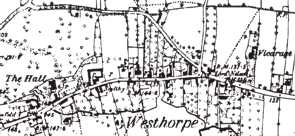
The fairly poor quality map from 1884 shows the part of Southwell where members of the Southwell branches lived from at least 1828. They lived on Westgate from the 1840s onwards.
The two old postcards show the street. The second card was issued circa 1907.
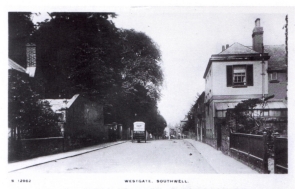 |
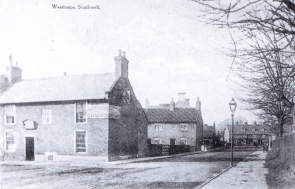 |
Southwell on old picture postcards (ISBN 0 946245 61 4) - one of the books in their 'Yesterday's Nottinghamshire' series.
Sneinton

Reproduced from a copy held by Nottinghamshire
City Library
The map from 1881 shows some of the streets where members of the Radford branch and the Southwell 2 branch lived in the the mid to late 1880s : West Street, North Street and Walker Street. The old photograph shows Carlton Road circa 1917 on a postcard published by W. H. Smith. The streets where family members lived were just to the right of the two boys.
Piecemeal redevelopment took place under clearance schemes in the 1930s and a larger scheme took place later. The modern photograph shows the redevelopment of West Street and North Street. It was taken in January 2003.
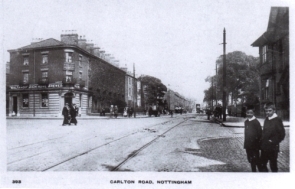 Reproduced
with permission of Reflections of a Bygone Age from their book Sneinton
and St. Ann's with Carlton Road on old picture postcards (ISBN 0 900138
18 2) - one of the books in their 'Yesterday's Nottinghamshire' series.
|
 |